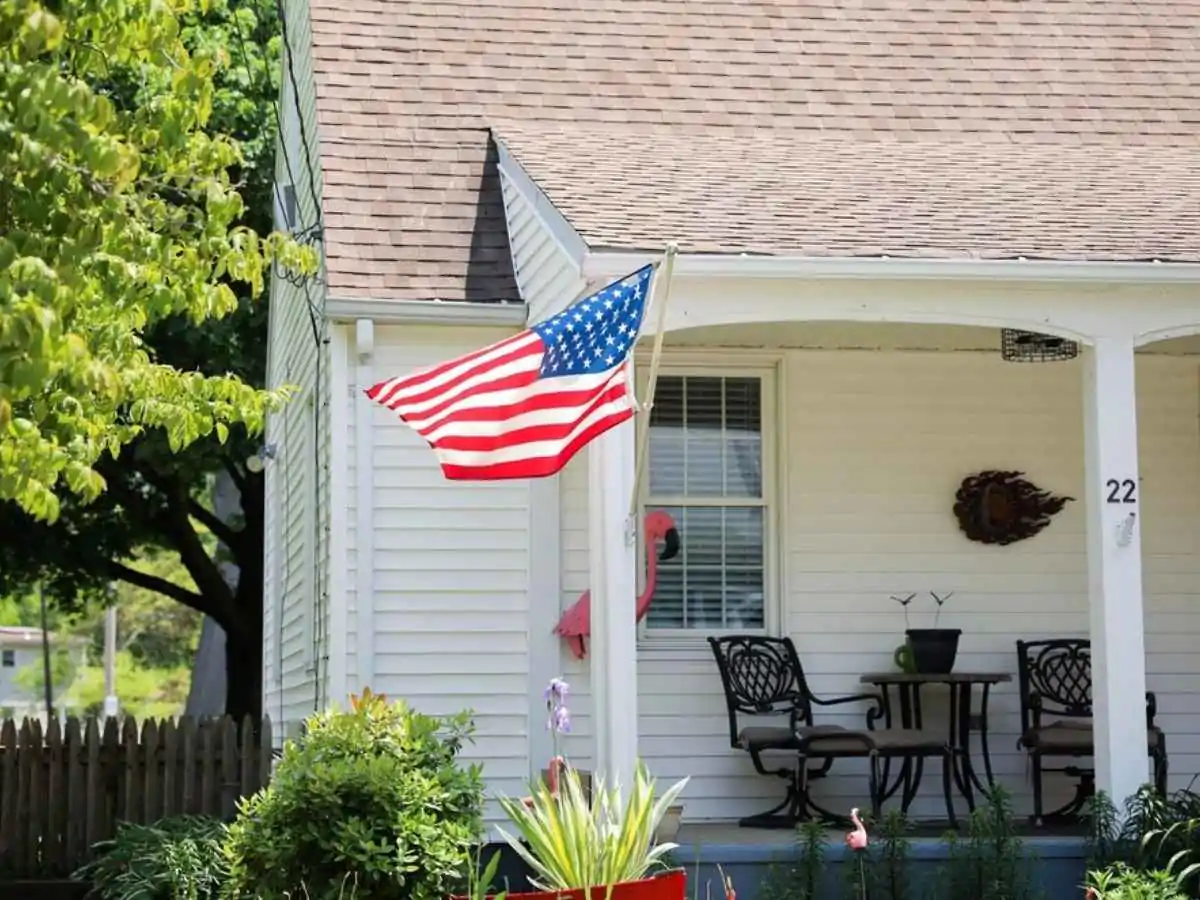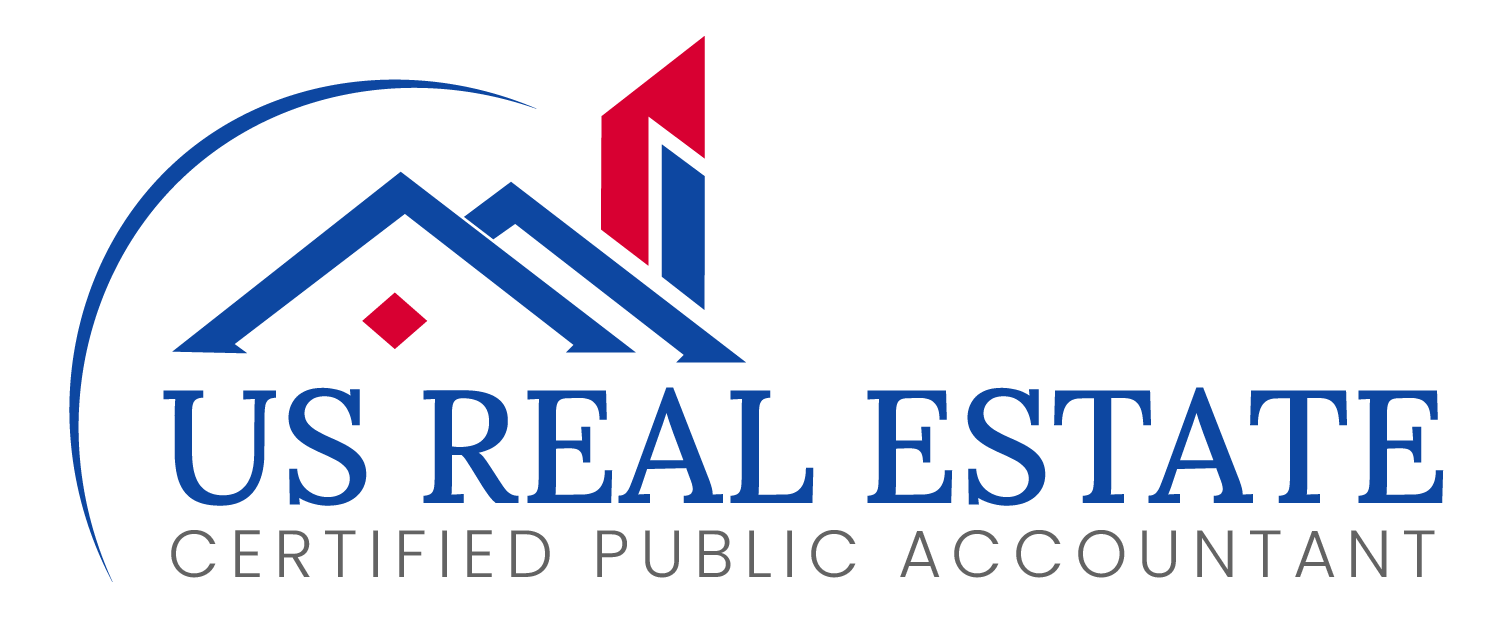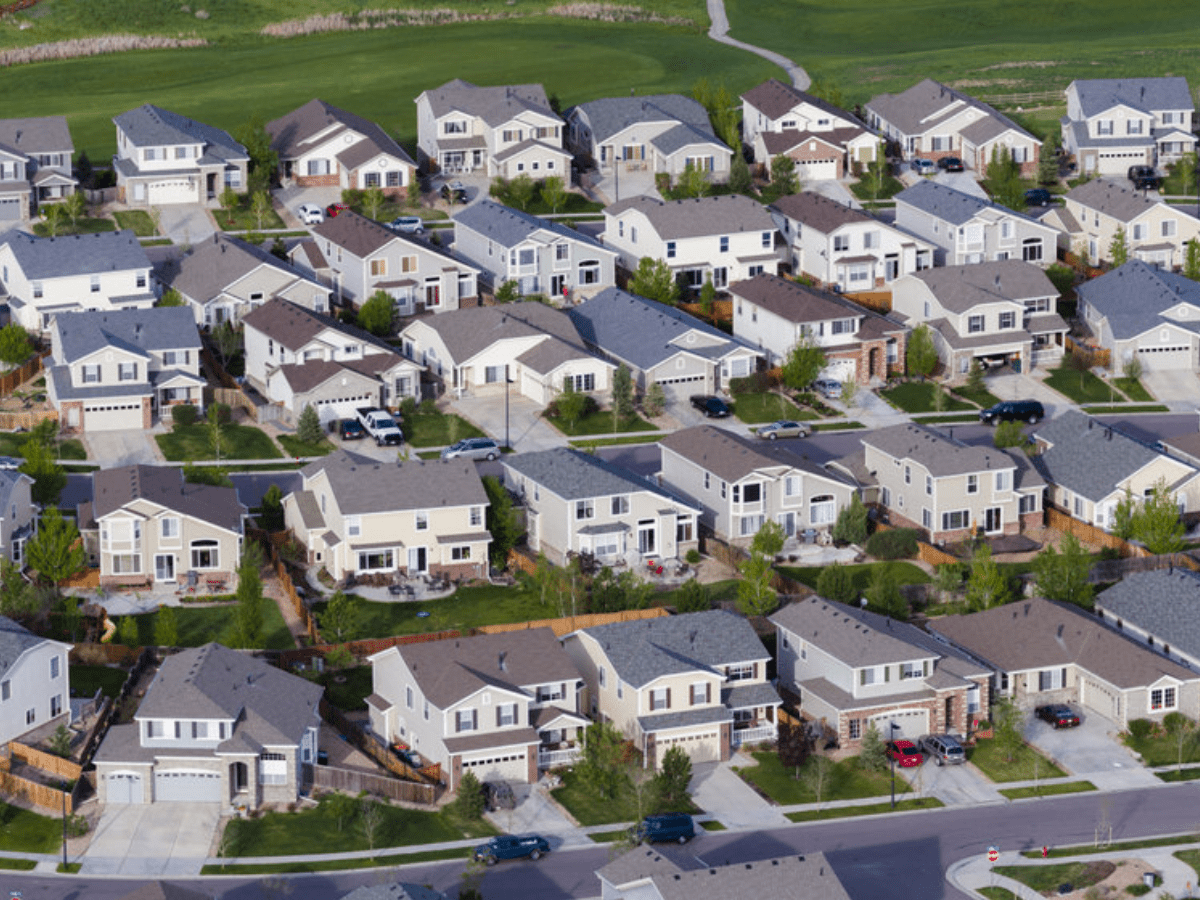
High Mortgage Rates Take a Toll on U.S. New Home Sales
The American dream of owning a brand-new home just got a little harder to reach.
In May, sales of newly built single-family homes dropped sharply, falling 13.7% from the previous month to a seasonally adjusted annual rate of 623,000, according to the U.S. Commerce Department. That’s not just a dip—it’s a clear sign that high mortgage rates are continuing to put pressure on the housing market, particularly on new construction.
Economists had expected a softer landing, forecasting around 695,000 new home sales. Instead, the report landed well below that. Even when compared to the same time last year, the numbers are down by 6.3%. While month-to-month housing data can be jumpy—it comes with a margin of error around 13%—this wasn’t just a statistical fluke. The trend is pointing in one direction: buyers are pulling back.
The mortgage mountain
What’s behind the slowdown? Two words: mortgage rates.
Rates have stayed stubbornly high, hovering above 7% for a typical 30-year loan. That’s a long way from the ultra-low rates that fueled the post-pandemic housing boom. As borrowing costs remain elevated, would-be buyers are thinking twice before signing on the dotted line—especially when it comes to pricier new homes.
And builders are feeling the pressure. With fewer sales, they’ve started to scale back a bit. But they’re not hitting the brakes entirely. In fact, the number of new homes for sale ticked up slightly in May to 507,000, which would take nearly 10 months to sell at the current pace. That’s a long runway in a market that’s losing altitude.
A tale of two markets
Interestingly, the slowdown in new homes comes just as sales of existing homes showed a small surprise bounce in May—the first uptick in three months, according to the National Association of Realtors. But that rebound was modest and came off a very low base. Existing-home sales are still hovering near historical lows, weighed down by many of the same affordability concerns.
Why are new homes struggling more than existing ones? Part of it comes down to price. New construction typically costs more, and many builders simply haven’t been able to cut prices enough to offset those higher mortgage payments. Some are offering incentives like temporary rate buydowns or discounts, but it’s not always enough to nudge buyers off the fence.
Looking ahead
So where does the housing market go from here?
Unless interest rates come down, it’s hard to see a dramatic turnaround. The Federal Reserve has signaled it’s in no rush to cut rates, as inflation remains sticky. That means borrowing costs could stay elevated well into the second half of the year.
In the meantime, buyers may keep playing the waiting game, hoping for better deals or lower rates. And builders will have to decide whether to scale back further, offer deeper discounts, or ride it out.
For now, May’s numbers are a reminder that the housing market is still under strain. High borrowing costs aren’t just a line on a spreadsheet—they’re real roadblocks for families looking to buy, especially those chasing the dream of a brand-new place to call home.
As summer heats up, the housing market seems to be cooling down.



